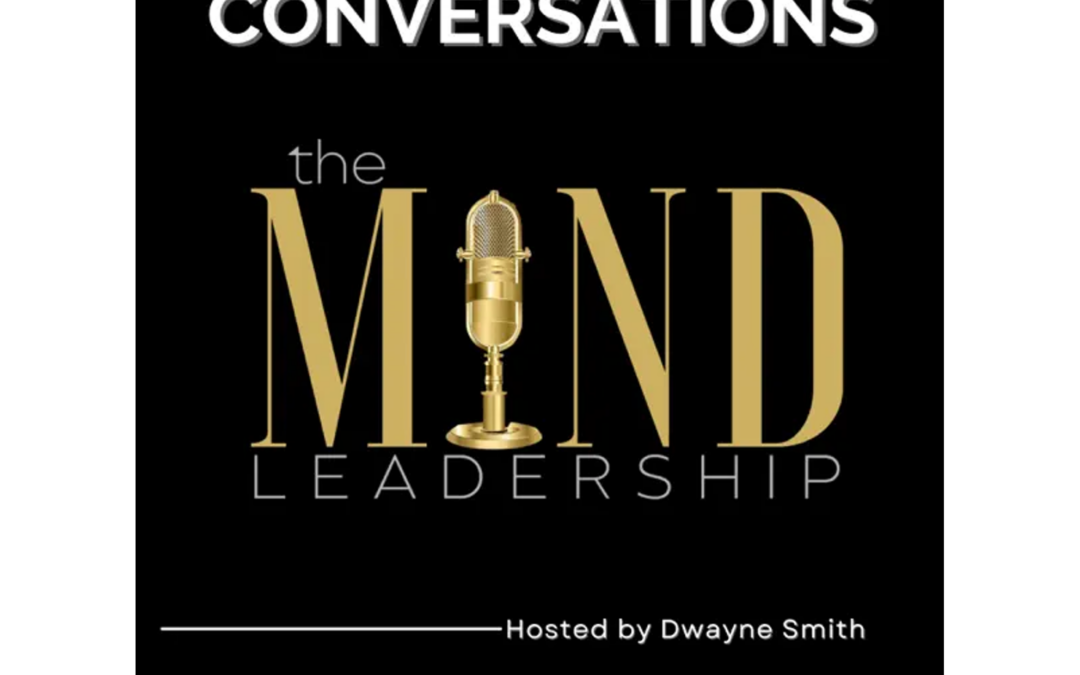
by Robyn Bolton | Jan 6, 2025 | Innovation, Leadership, Metrics, Stories & Examples
Here’s a head-scratcher when it comes to scaling innovation: What happens when your innovative product is a hit with customers, but you still fail spectacularly? Just ask the folks behind Smashmallow, the gourmet marshmallow company that went from sweet success to sticky situation faster than you can say “s’mores.”
The Recipe for Initial Success
Jon Sebastiani sold his premium jerky company Krave to Hershey for $240 million and thought he’d found his next billion-dollar idea in fancy French marshmallows. And initially, it looked like he had.
Smashmallow’s artisanal, flavor-packed treats weren’t just another fluffy, tasteless sugar puff – they created an entirely new snack category. Customers couldn’t get enough of their handcrafted, churro-dusted, chocolate-chip-studded clouds of happiness. The company hit $5 million in sales in its first year, doubled that the next, and was available in 15,000 stores nationwide in only its third year.
Sounds like a startup fairy tale, right? Right! If we’re talking about the original Brothers Grimm versions. Corporate innovators start taking notes.
The Candy-coated Vision
Sebastiani and his investors weren’t content with building a successful premium regional brand. They wanted to become the Kraft of craft marshmallows, scaling from artisanal to industrial without losing what made the product special. It’s a story that plays out in corporations every day: the pressure to turn every successful pilot into a billion-dollar business.
So, they invested. Big time.
They signed a contract with “an internationally respected builder of candy-making machines” to design and build a $3 million custom-built machine and another with a copacker to build an entirely new facility to accommodate the custom machine.
Bold visions require bold moves, and Sebastiani was a bold guy.
The Scale-up Meltdown
But boldness can’t overcome reality, and the custom machine couldn’t replicate the magic of handmade marshmallows. It couldn’t even make the marshmallows.
Starch dust created explosion hazards. Cinnamon wouldn’t stick. Workers couldn’t breathe through spice clouds. The handmade ethos of imperfect squares gave way to industrialized perfection. Each attempt to solve one problem created three more, like a game of confectionery whack-a-mole.
By 2022, Smashmallow was gone, leaving behind a cautionary tale about the gap between what customers value and what executives and investors want. The irony? They succeeded in their mission to disrupt the market – by 2028, the North American marshmallow market is projected to more than double its 2019 size, largely thanks to the premium category Smashmallow created. They just won’t be around to enjoy it.
A Bittersweet Paradox
For so many corporate innovators, this story hits close to home. How many promising projects died not because customers didn’t love them but because they couldn’t scale to “move the needle” for a multi-billion dollar corporation? A $15 million business might be a champagne-popping moment for an entrepreneur, but it barely registers as a rounding error on a Fortune 500 income statement.
This is the innovation paradox facing corporate innovators: The very pressure to go big or go home often destroys what makes an innovation special in the first place. It’s not enough to create something customers love – you must create something that can scale to satisfy the corporate appetite for growth.
Finding the Sweet Spot
The lesson isn’t that we should abandon ambitious scaling plans. Instead, we must be brutally honest about whether our drive for scale aligns with what makes our innovation valuable to customers. If it doesn’t, we must choose whether to scale back our ambitions (unlikely) or let go of our successful-but-small idea.
After all, not every marshmallow needs to be a mountain, but every mountain climber (that’s you) needs a mountain.

by Robyn Bolton | Dec 18, 2024 | Just for Fun
‘Twas the night before launch day, when throughout HQ,
Not a worker had left, there was too much to do;
The plans were laid out by the whiteboard with care,
While our Innovation Chief Sarah planned with great flair;
The team was all nestled all snug at their posts,
While visions of success inspired them the most;
And Sarah in her blazer, so sharp and so bright,
Had just settled in for a long working night,
When out in the hall there arose such a clatter,
She sprang from her desk to see what was the matter.
When what to her wondering eyes should appear,
But the CEO and board, spreading holiday cheer!
“Now, ARCHITECTURE!” they cried, “We need strategy and rules!
Now BEHAVIORS and CULTURE!” – these ABC tools.
“Tell us Sarah,” they said, “how you’ll lead us to glory,
Through bringing new value – tell us your story!”
She smiled as she stood, confidence in her stance,
“The ABCs of Innovation aren’t left up to chance.
Architecture’s our framework, our process and measure,
Our governance model not built at our leisure;
“The Behaviors we foster? Curiosity leads,
With courage and commitment to meet future needs.
And Culture,” she said, with a twinkle of pride,
“Is how innovation becomes our natural stride.”
Her cross-functional team gathered ’round with delight,
Each bringing their skills to help win this big fight:
“From concept to testing, from planning to more,
We’re ready to launch what we’ve worked toward before!”
The CEO beamed and the board gave a cheer,
“This is exactly the progress we’d hoped for this year!
With Architecture to guide us, and Behaviors so strong,
Plus Culture to fuel us – well, nothing could go wrong!”
Then Sarah exclaimed, as they turned out the light,
“Happy launching to all, and to all a good night!
For tomorrow we share what’s been worth all the wait,
Guided by ABCs, we’ll make something great!”

by Robyn Bolton | Dec 4, 2024 | Innovation, Just for Fun, Leadership, Metrics, Uncategorized
Last week, InnoLead published a collection of 11 articles describing the root causes and remedies for killers of innovation in large organizations. Every single article is worth a read as they’re all written by experts and practitioners whose work I admire.
I was also inspired.
In the spirit of the hustle and bustle of the holiday season, I gave into temptation, added my own failure mode, and decided to have a bit of fun.
The 12 Killers of Innovation
(Inspired by the 12 Days of Christmas yet relevant year-round)
On the twelfth day of innovating, management gave to me:
12 leaders short-term planning
11 long projects dragging
10 cultures resisting
9 decisions made too quickly
8 competing visions
7 goals left unclear
6 startups mistrusted
5 poorly defined risks
4 rigid structures
3 funding black holes
2 teams under-staffed
And a bureaucracy too entrenched to change
Want to write a happier song?
Each of the innovation killers can be fended off with enough planning, collaboration, and commitment. To learn how, check out the articles:
12 leaders short-term planning – Why Innovation is a Leadership Problem by Robyn Bolton, MileZero
11 long projects dragging – Failing Slow by Clay Maxwell, Peer Insight
10 cultures resisting – How to Innovate When Resistance is Everywhere by Trevor Anulewicz, NTT DATA
9 decisions made too quickly – Red Light, Green Light by Doug Williams, SmartOrg Inc.
8 competing visions – The Five Most Common Innovation Failure Modes by Parker Lee, Territory Global
7 goals left unclear – Mitigating Common Failure Modes by Jim Bodio, BRI Associates
6 startups mistrusted – Developing a New Corporate Innovation Model by Satish Rao, Newlab
5 poorly defined risks – Strategic Innovation is too Scary by Gina O’Connor, Babson College
4 rigid structures – Corporate Innovation is Dead by Ryan Larcom, High Alpha Innovation
3 funding black holes – Failure Modes by Jake Miller, The Engineered Innovation Group
2 teams under-staffed – Why Innovation Teams Fail by Jacob Dutton, Future Foundry
And a bureaucracy too entrenched to change – Building Resilient Teams by Frank Henningsen, HYPE Innovation
How are you going to make sure that you receive gifts and not coal this year for all your innovation work?

by Robyn Bolton | Nov 27, 2024 | Podcasts



